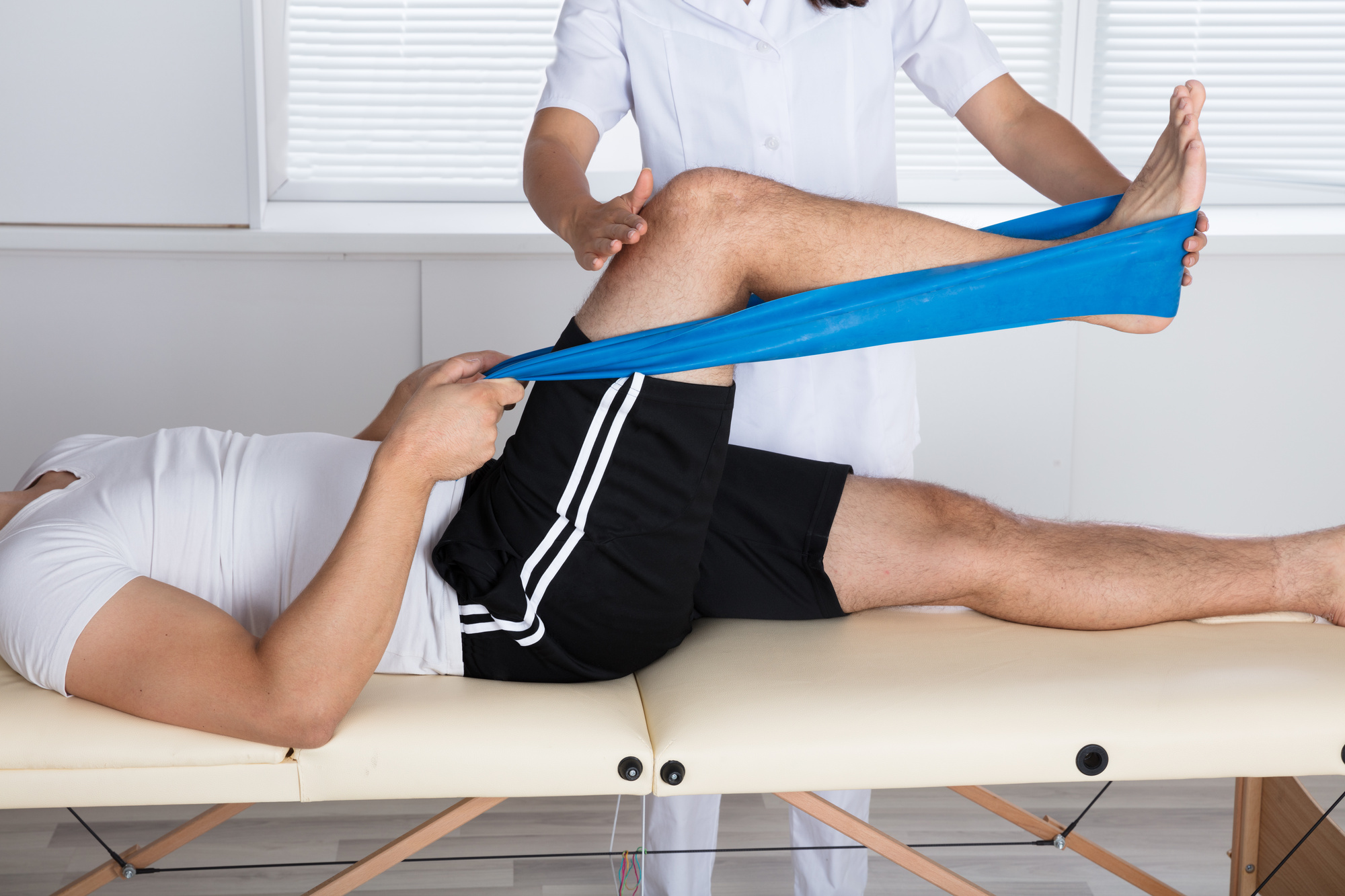The Crucial Effect of Strength Exercise on Enhancing Rehabilitation and Performance in Athletic Recovery
The Crucial Effect of Strength Exercise on Enhancing Rehabilitation and Performance in Athletic Recovery
Blog Article
Strength training plays a vital role in sports rehabilitation, helping sportspeople recover from traumas and improve their general performance. When an individual gets hurt, their body requires time to recover. However, during this rehabilitation phase, it is crucial to preserve strength and flexibility to prevent additional damages. Resistance conditioning can be tailored to suit the needs of each athlete, focusing on specific muscular groups that may have been affected by the trauma. This targeted approach not only assists in recovery but also readies the individual to come back to their sport stronger than previously.
One of the main advantages of resistance conditioning in rehabilitation is its capability to enhance muscular strength and endurance. When muscular tissues are stronger, they can more effectively support joints and reduce the chance of recurrence of injury. For instance, an athlete recovering from a leg injury can gain from exercises that fortify the quadriceps and back thigh muscles. These muscular tissues play a vital part in stabilizing the leg joint. By including strength conditioning into their rehabilitation plan, individuals can regain their strength more effectively and securely.
In addition to developing strength, resistance training also improves mobility and range of movement. Many traumas can lead to rigidity in the affected region, causing it difficult for individuals to move easily. Resistance training workouts often include extending and elongating the muscles, which can assist restore flexibility. For example, incorporating weight straps or weights into stretching programs can enhance the efficacy of these workouts. As flexibility improves, individuals can perform movements more effectively, which is essential for optimal capabilities in their activity.
Another important aspect of strength conditioning in athletic recovery is its beneficial impact on mental health. Healing from an trauma can be a difficult and frustrating experience for athletes. Participating in resistance conditioning can provide a feeling of achievement and boost self-esteem. As individuals see gains in their power and capabilities, they may feel more driven to persist their rehabilitation journey. This mental uplift can be just as crucial as the physical benefits, as a optimistic attitude can lead to better results in rehabilitation.
Finally, strength conditioning can help individuals move back to their sport more smoothly. Once they have recovered their power and flexibility, athletes must to rehearse sport-specific movements to guarantee they are prepared for competition. Strength training can be integrated with sport-specific exercises to create a holistic rehabilitation plan. This combination allows individuals to not only heal but also enhance their performance. By concentrating on both recovery and performance, resistance conditioning becomes an essential instrument in the recovery sports rehab for tennis elbow process, helping individuals return to their sport more robust and more durable.